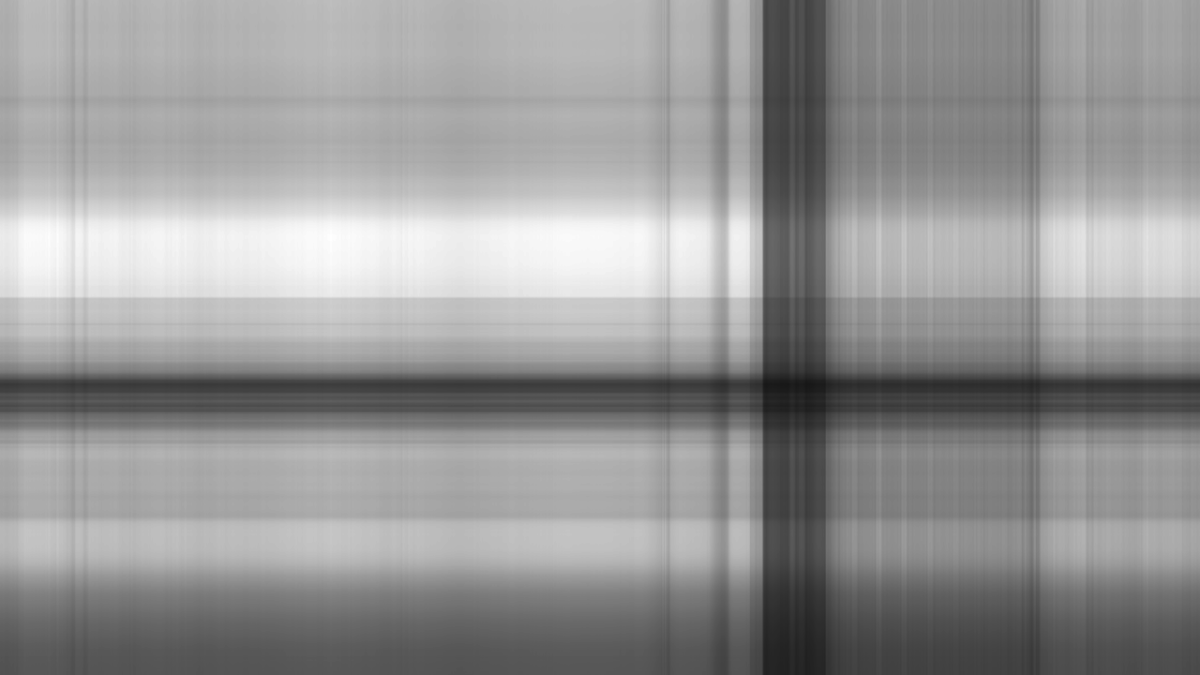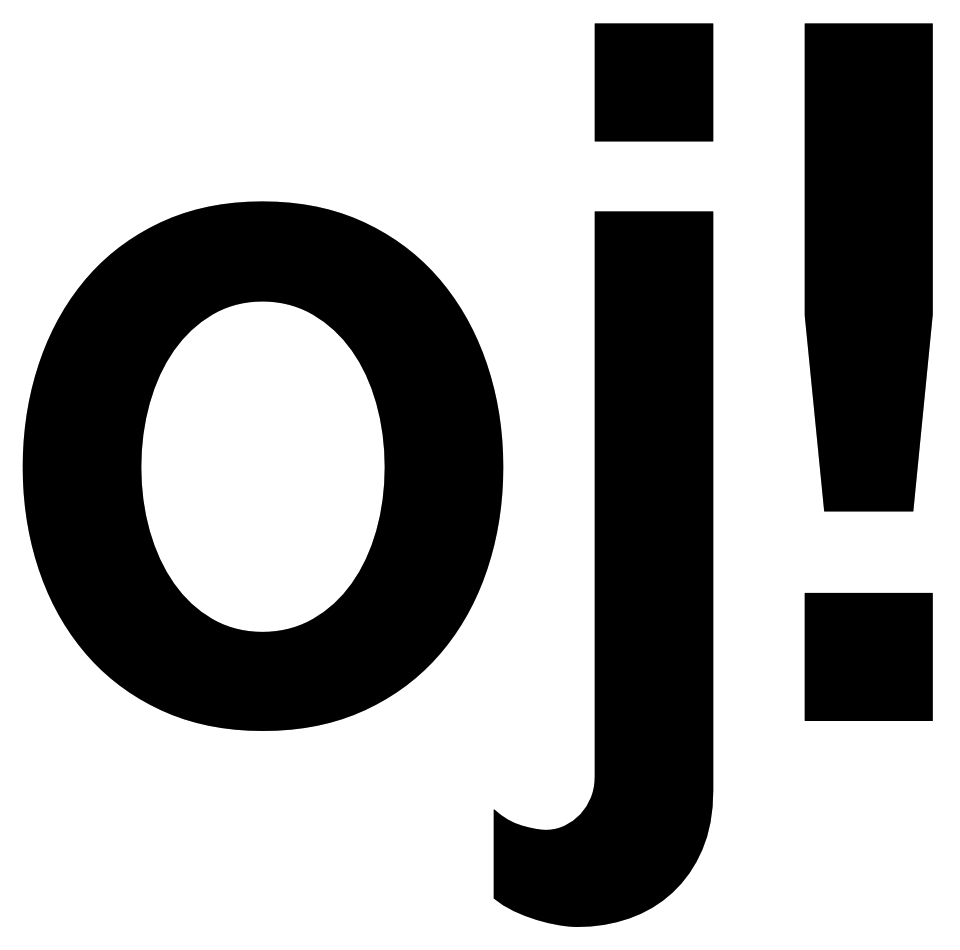Suppose a satellite takes a picture and wants to send it to earth. The picture may contain 1000 by 1000 “pixels” – little squares each with a definite color. We can code the colors, in a range between black and white, and send back 1,000,000 numbers. It is better to find the essential information in the 1000 by 1000 matrix, and send only that.
Suppose we know the SVD. The key is in the singular values (in ∑). Typically, some are significant and others are extremely small. If we keep 60 and throw away 940, then we send only the corresponding 60 columns of Q1 and Q2.
…
If only 60 terms are kept, we send 60 times 2000 numbers instead of a million.
The pictures are really striking, as more and more singular values are included. At first you see nothing, and suddenly you recognize everything.
Gilbert Strang, Linear Algebra And Its Applications 3:d edition, Appendix A
I distincly remember reading this as a student many years ago, imagining what the results would be, but never actually tried it – until now.

The basic idea is very simple. A digital image, with its pixels, is essentially a matrix. Each element of the matrix is a number representing the colour of the corresponding pixel. (To keep things simple we’ll limit this example to monochrome/greyscale images.) All matrices have a Singular Values Decomposition (SVD), and the original matrix can be reconstructed from the SVD. When we perform that reconstruction we can choose to disregard some components. In particular, with the SVD, components corresponding to (relatively) small singular values can be left out. If the components left out are not too many and they correspond to small singular values, you won’t notice a difference in the reconstructed matrix/image. Components that are not used in the reconstruction can be completely discarded – no need to store or transmit them.
The code example below demonstrates how to do this with ojAlgo. The images in the animation above were generated using that program. You can try it with any image you have available (any file formats supported by java.awt.image.BufferedImage).
In the animation there are 9 reconstructed images displayed in order of increasing “rank” with 1s delay in between each. At the end the full/original image is displayed for 6s. (The animation takes 15s in total.) The table below shows with what rank the images were recreated, as well as how many bytes need to be stored in that case paired with how many bytes where discarded (saved).
| # | Rank | Store (bytes) | Discard (bytes) | Saving |
|---|---|---|---|---|
| 1 | 1 | 1,999 | 919,601 | 99,78 % |
| 2 | 2 | 3,996 | 917,604 | 99,57 % |
| 3 | 5 | 9,975 | 911,625 | 98,92 % |
| 4 | 10 | 19,900 | 901,700 | 97,84 % |
| 5 | 20 | 39,600 | 882,000 | 95,70 % |
| 6 | 50 | 97,500 | 824,100 | 89,42 % |
| 7 | 100 | 19,0000 | 731,600 | 79,38 % |
| 8 | 200 | 360,000 | 561,600 | 60,94 % |
| 9 | 500 | 750,000 | 171,600 | 18,62 % |
In that quote from Gilbert Strang it was stated that for a 1000 by 1000 matrix, where we keep only 60 columns in each of Q-matrices we would transmit/store 60x2x1000 pixels/bytes. I believe this can be taken one step further. Due to how an SVD is stored internally, the number of discarded bytes would instead by (940×940). You typically don’t store the columns of the Q-matrices, but the Householder-vectors used to create them, and that means there’s further structure that can be exploited to save “space”. In the table I estimated the savings that way.
If a matrix/image has m rows and n columns, but only r components of the SVD are stored, then:
- The full image is
m*nbytes - An SVD can essentially be calculated/stored in-place (requiring
m*nbytes) - The number of bytes that can be discarded is
(m-r)*(n-r) - Resulting in
(m*n) - ((m-r)*(n-r))bytes to store
It’s important to remember that even with a rank=1 reconstruction, the recreated matrix/image is full resolution. What we get when we include more components is more information on what colour each of the pixels should be, but we always have the same number of pixels. In the above animation all the images are 1280×720 pixels. The first image is the rank=1 recreation. There’s no way to see what’s in that picture, but as we add more components the picture evolves rapidly. Already with image number 3 (rank=5) we recognise the original, and with rank=10 you could probably tell what the picture is of even if you hadn’t seen the original. At rank=50 all the main shapes are there, with rank=100 most details as well, but still with some distortions/smearing in the image. At rank=200 the image is virtually indistinguishable from the original, and that’s with 61% storage saving.
Removing a few of the smallest singular values could even be interpreted as improving the image, as it removes noise in the image representation.
Console Output
Running the above program gives the following output.
class ImageProcessingSVD ojAlgo 2023-10-16 Largest singular value=193027.35715261783, Sum of all=353664.140238967, Condition number=43424.72711999176 Rank SingularValue Rel.Mag. Aggr.Info Storage ================================================= 1 193027.36 1.0000 54.58% 0.22% 2 12799.36 0.0663 58.20% 0.43% 5 6995.57 0.0362 65.12% 1.08% 10 2810.83 0.0146 70.10% 2.16% 20 1458.08 0.0076 75.65% 4.30% 50 665.87 0.0034 83.66% 10.58% 100 314.76 0.0016 90.12% 20.62% 200 117.42 0.0006 95.66% 39.06% 500 15.24 0.0001 99.41% 81.38%
